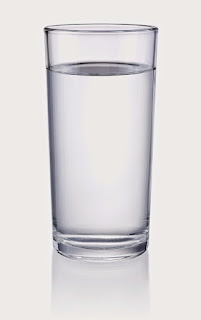Lead in Drinking Water
- Deteriorating Lead-based Paint: Particularly in homes built before 1976, particles from disintegrating lead-based paint can contaminate the water that household members are drinking.
- Water Pipes: Old lead-based pipes, either inside the home or connecting from the house to the neighborhood's main water supply pipe, can corrode and cause lead to end up in drinking water.
- Fixtures: In older homes that haven't been updated, the faucets themselves may contain lead, and traces may be ending up in the tap water.
Exactly how much lead ends up in drinking water depends on several factors. These include the water's acidity and alkalinity, the amount of lead the water contacts, how long the water stays in the lead pipes or fixtures, and the types of minerals present in the water. A way that utility companies can minimize how much lead ends up in water used by consumers is to treat the water to make it less corrosive.
Addressing the Problem
ASAP Environmental, Inc. offers home lead inspections to keep residents safe from the hazards of lead. We can check to see if lead is present in drinking water or other areas of the home. We also can inspect for signs of mold. Call us at 800-349-7779, or schedule a home lead inspection online.

No comments:
Post a Comment